Which LED bulb to choose according to the luminaire and the room?
Choosing the right LED bulb is not just about selecting a shape or power. This choice depends on the type of fixture, the desired ambiance, and the specific needs of each room. Between the different bases, the color temperature, the number of lumens, or even dimmable bulbs, it is easy to get confused. Here is a complete guide to help you see more clearly and optimize the lighting of your interior, room by room.

Essential criteria for choosing the right LED bulb
Before buying, it is important to check several elements. The luminous power, expressed in lumens, now replaces the old watt indications. The higher this number, the more intense the lighting. Then, the color temperature allows you to choose a warm light (cozy ambiance) or cool light (dynamic ambiance), depending on the desired effect.
To create an adjustable ambiance, a dimmable bulb is ideal. It allows you to modulate the light intensity according to the time of day. Let's not forget the ecological criterion: LED remains an economical lighting par excellence, with reduced consumption and a long lifespan.
Understanding bulb bases: E27, G9, GU10…

The choice of base is crucial: it must be compatible with your fixture. The most common is the E27 base, used in pendant lights, floor lamps, or ceiling lights. If you are looking for an E27 bulb suitable for your equipment, a wide selection awaits you.
The G9 bulbs are smaller and often used in compact decorative fixtures. For sconces or recessed spotlights, GU10 models are preferred. There are also models specific to design fixtures, such as design LED bulbs, which combine aesthetics and performance.
Choosing the LED bulb according to the type of fixture
Each fixture has its specifics, and not all bulbs are suitable for all supports. To ensure optimal light output, it is essential to match the bulb to the type of lamp used. Pendant, ceiling light, sconce, or table lamp: discover the most effective combinations for each setup.
Bulbs for pendant lights and ceiling lights
Pendant lights need a bulb that offers good light diffusion. A globe or A60 LED bulb with a wide beam is ideal for general lighting. For ceiling lights, it is advisable to choose a model that offers good light output and easy installation, such as standard or decorative LED bulbs.
Bulbs for wall sconces
In this case, a dimmable LED bulb is particularly recommended to adjust the lighting ambiance according to the time. Make sure the fixture is compatible with this technology. To learn more, check out our dedicated article: What is a dimmable lamp.
Bulbs for table lamps and reading lamps
These fixtures often require soft, non-glare light. Favor a warm color temperature (2700K to 3000K) and moderate intensity. The E14 or E27 bulb is commonly used here.
Which LED bulb to choose for each room?

Lighting needs vary from one room to another: dim ambiance in the bedroom, functional light in the kitchen, or adjustable lighting in the living room. For optimal comfort, it is essential to adapt the bulb type to the use and atmosphere of each space.
Bulbs for living room and dining room
These living spaces require adjustable lighting, both powerful and warm. A dimmable LED bulb allows adapting the ambiance according to the moment: dimmed dinner, reading, etc. The E27 base is the most used, but there are also decorative filament models, highly appreciated for their vintage look.
Bulbs for bedroom
Here, a soft and relaxing light is preferred. A bulb with a warm color temperature is ideal. If you use bedside lamps, consider a moderate intensity to avoid eye strain.
Bulbs for kitchen
Lighting must be functional and precise. Favor models with neutral white light (4000K) to see food clearly. GU10 spots or powerful LED bulbs are often used above work surfaces.
Bulbs for bathroom
Safety is paramount. Opt for waterproof fixture models (minimum IP44) and natural light (4000K to 5000K). Also, make sure to choose a base compatible with your sconces or lighted mirrors.
And for outdoors?

The choice of a outdoor LED bulb must meet specific requirements: resistance to humidity, temperature variations, and efficiency in low light. Whether for a garden, terrace, or entrance, prefer models with a high protection rating (IP65 or higher).
For wall sconces or decorative fixtures, there are now bulbs suitable for outdoor use without compromising on design. All while maintaining efficient and economical lighting. Discover our LED fixtures for outdoors.
Conclusion
Choosing the right bulb means ensuring lighting that is suitable, comfortable, and aesthetic. By considering the type of fixture, the room's use, and technical criteria (base, number of lumens, color temperature, etc.), you optimize the quality of your light daily. Whether you are looking for a powerful LED bulb for a kitchen or a dimmable solution for the living room, there is always an option that combines performance and savings.
Browse our complete collection of LED bulbs for all your projects.

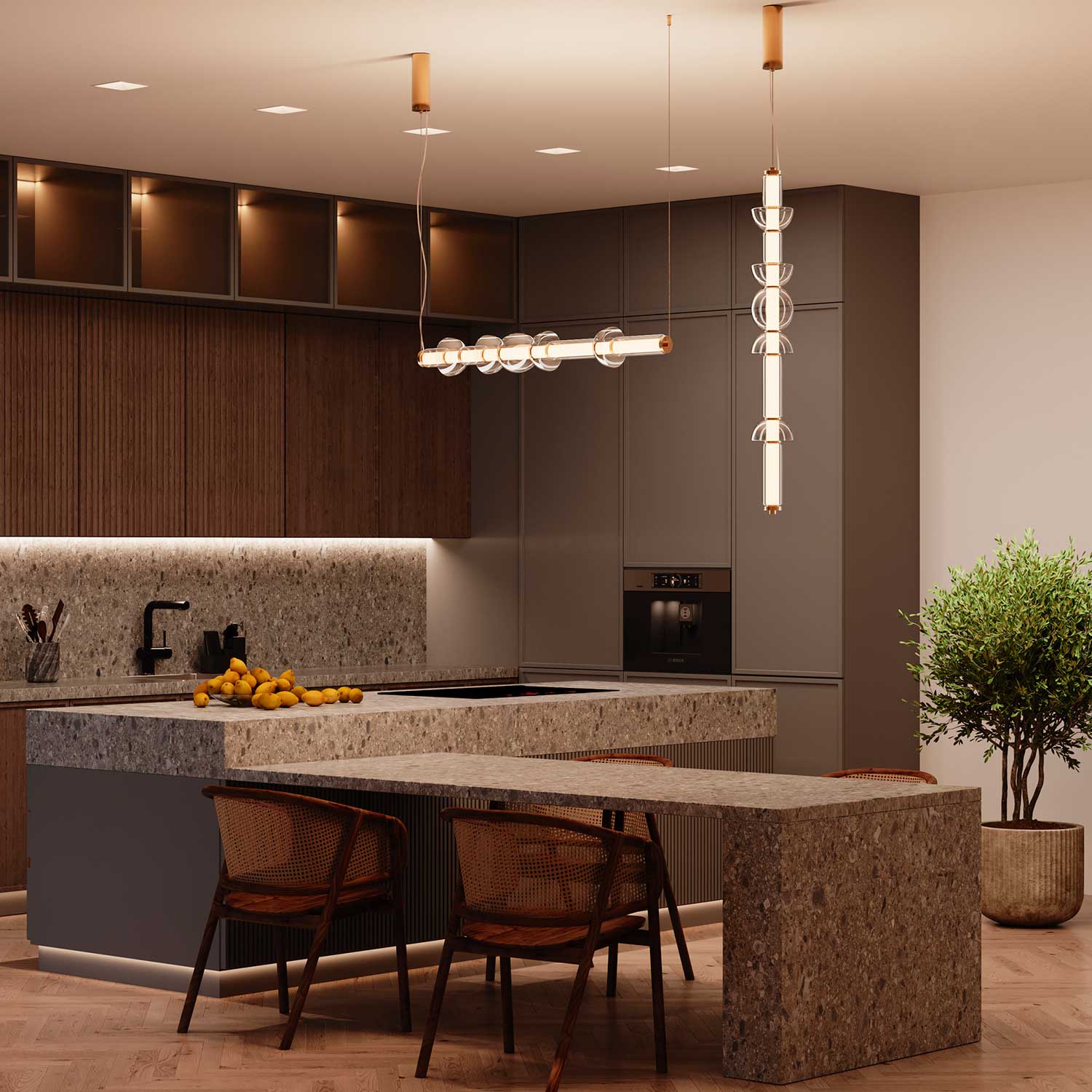
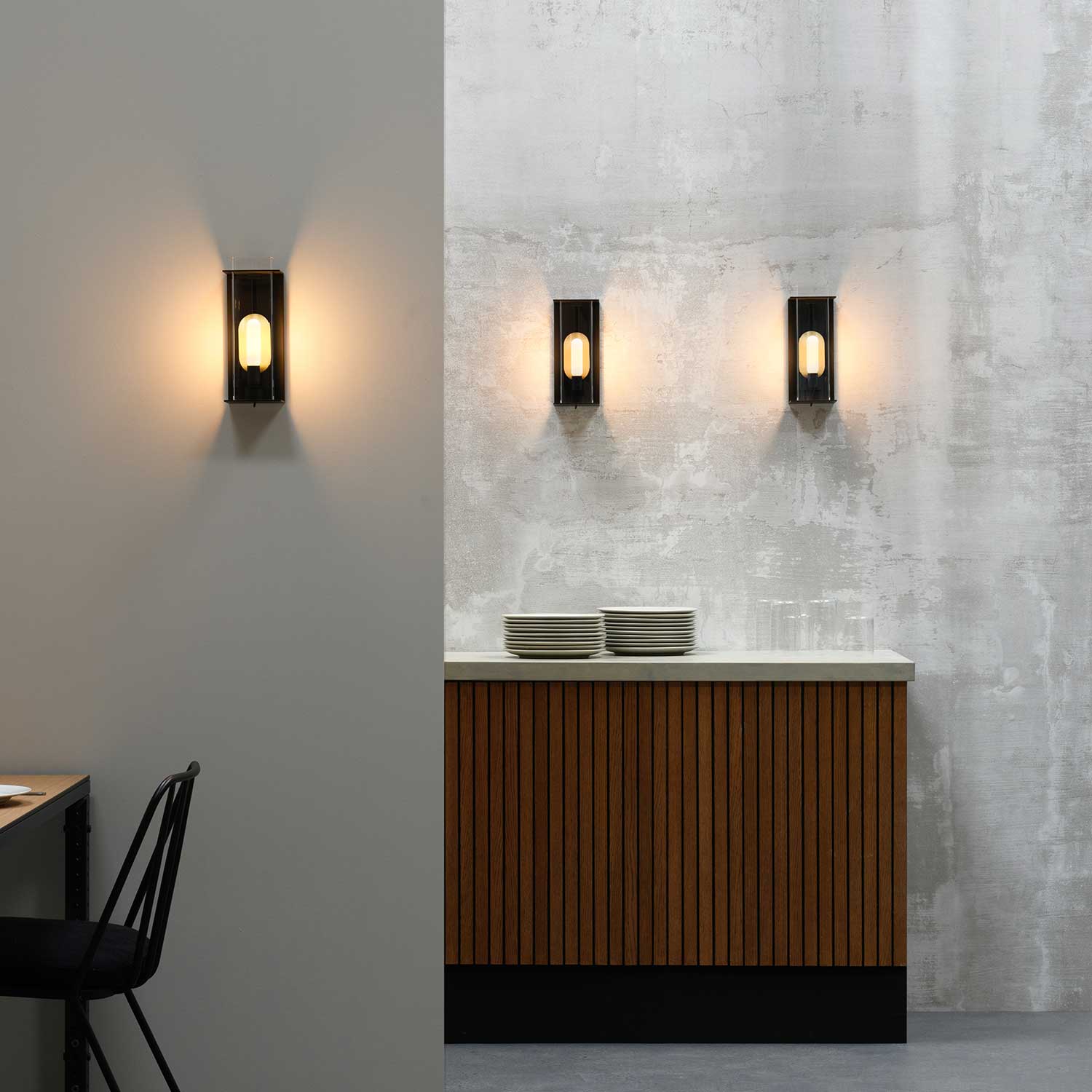
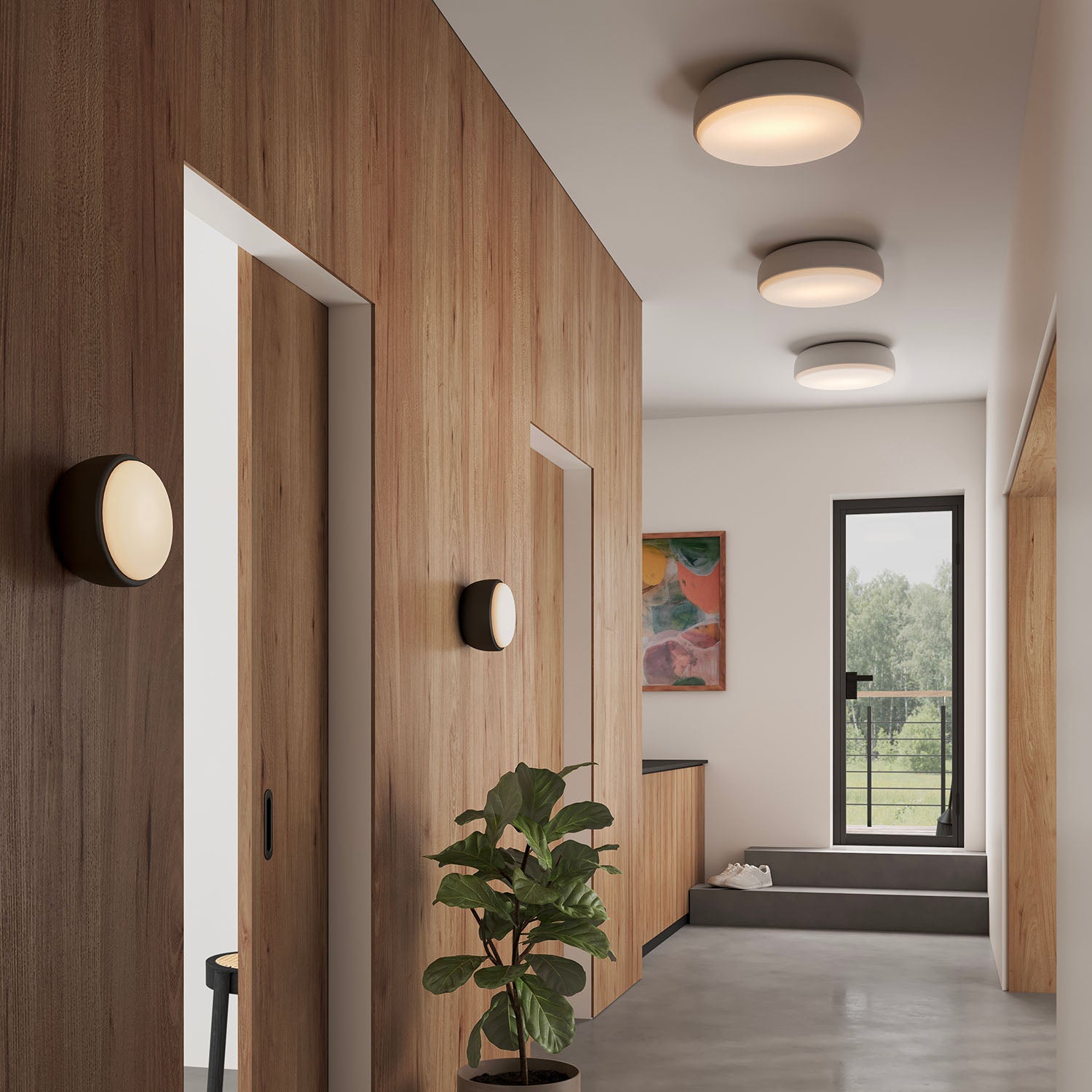
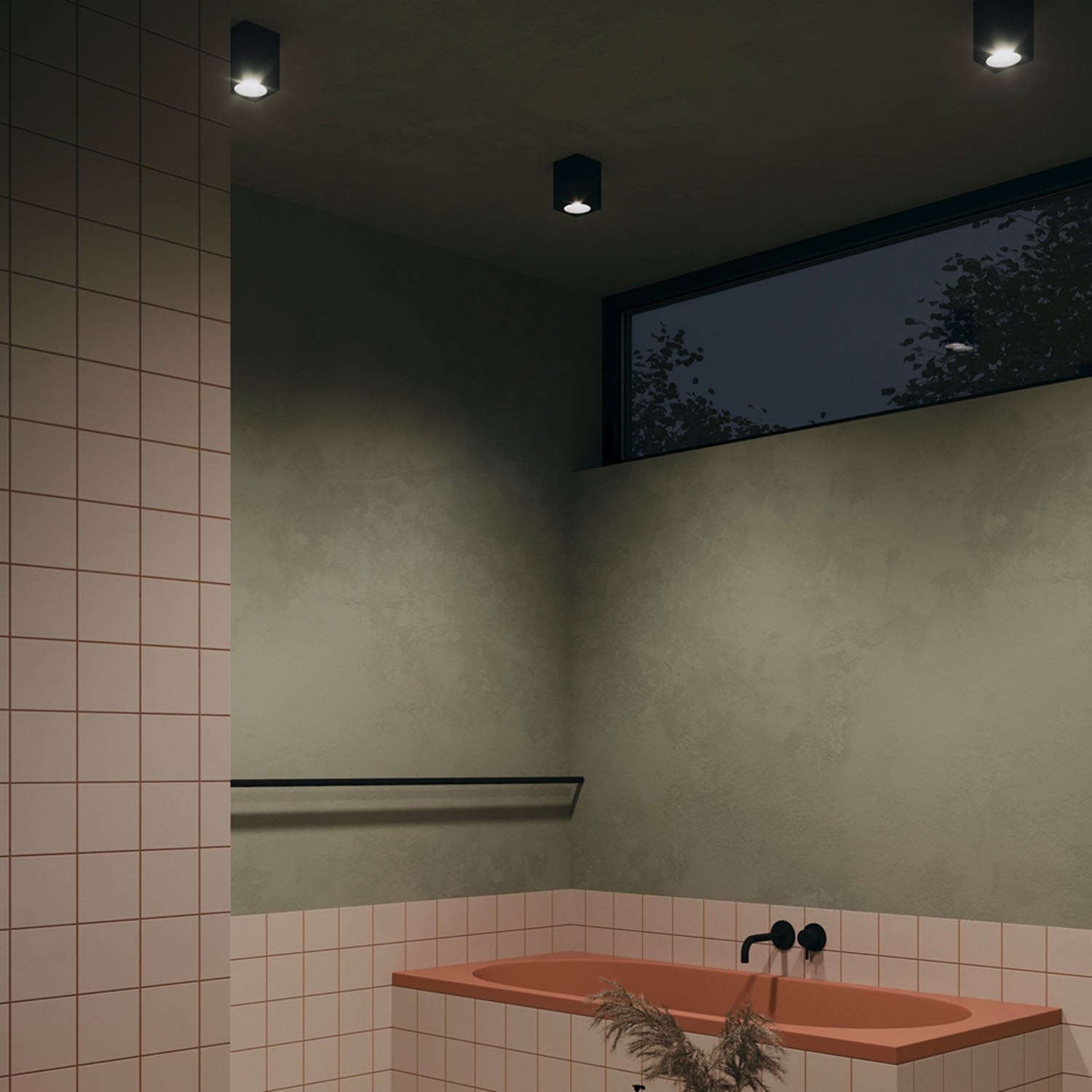
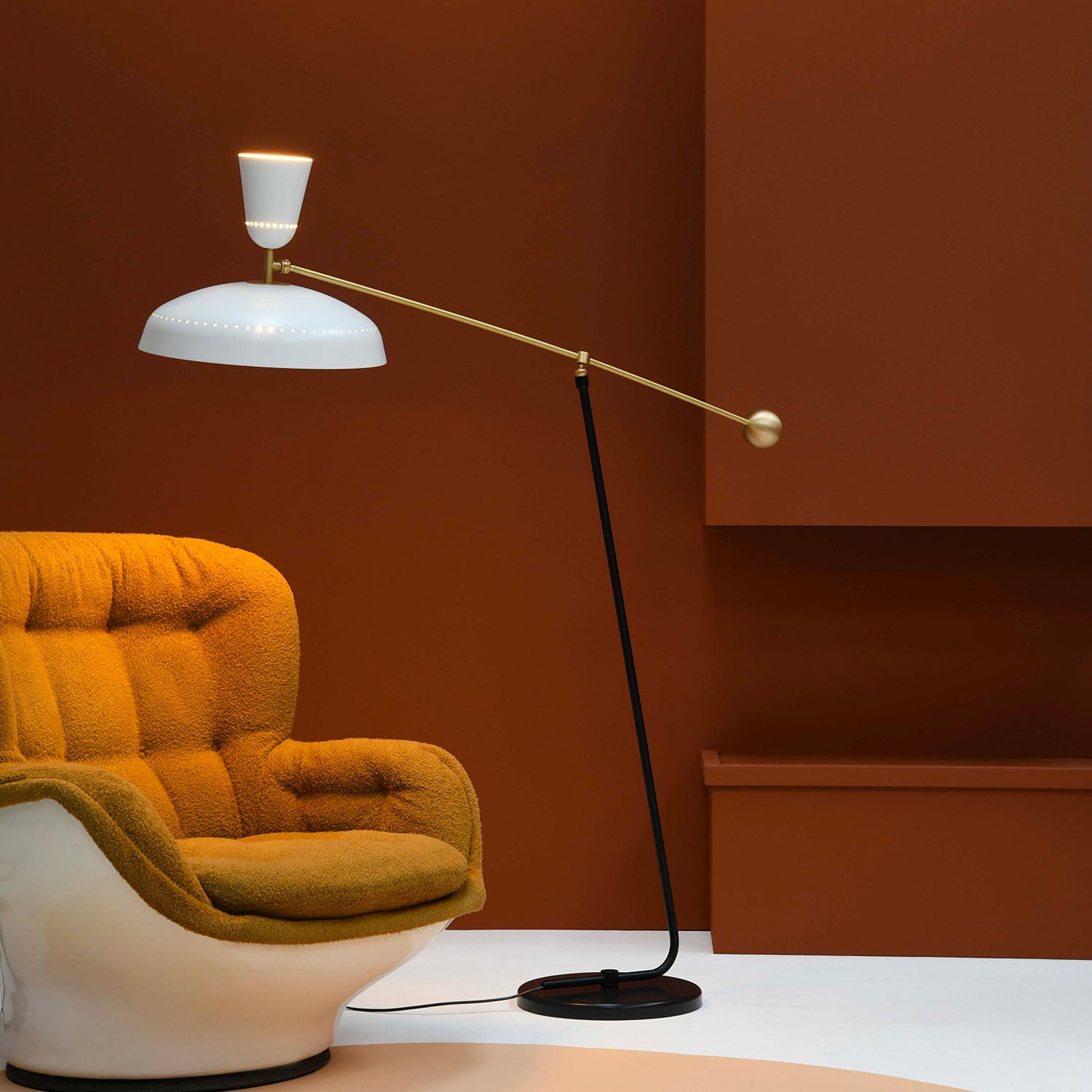

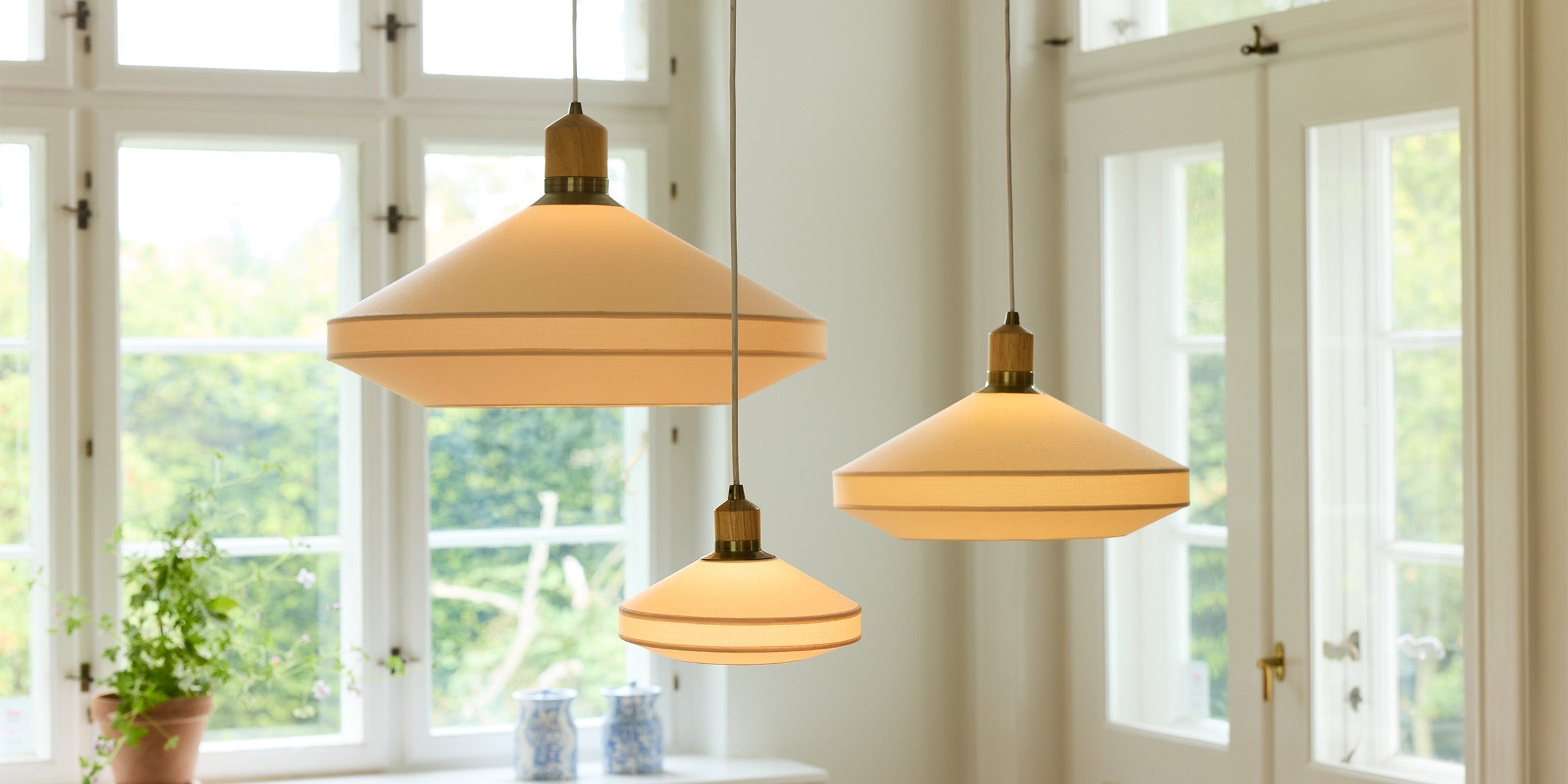
Leave a comment
This site is protected by hCaptcha and the hCaptcha Privacy Policy and Terms of Service apply.